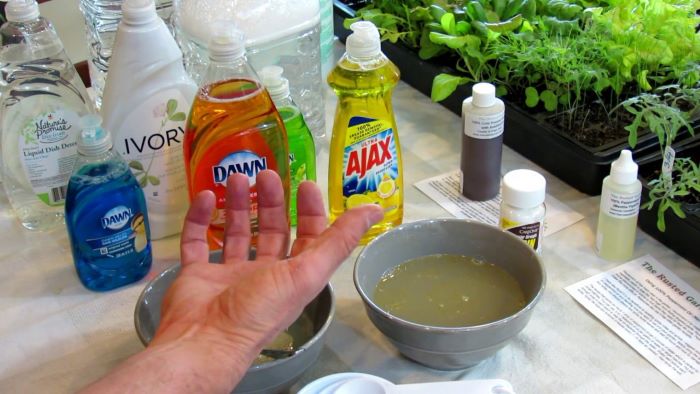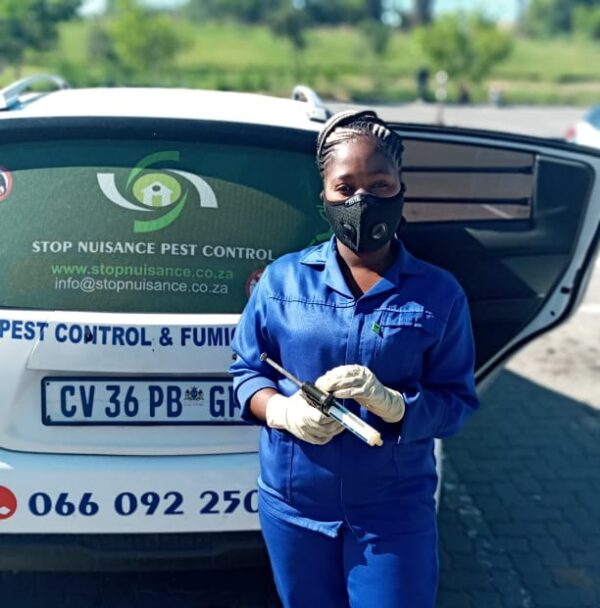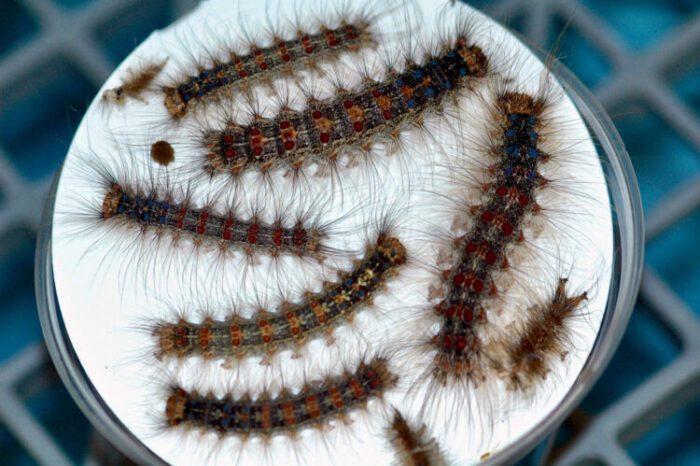Gypsy moths (Lymantria dispar) are an invasive insect species that can cause extensive defoliation and damage to trees. The caterpillars hatch in the spring and feed voraciously on the leaves of over 300 different types of trees and shrubs. As they multiply and spread, gypsy moth caterpillars can completely defoliate trees, making them vulnerable to diseases and other pests. This can even lead to tree mortality. In this article we talk about Does Soapy Water Kill Gypsy Moth Caterpillars.
Understandably, homeowners want to protect their trees and control gypsy moth caterpillar populations. A common question is whether soapy water is an effective treatment. Below, we’ll take a closer look at using soapy water sprays for gypsy moth caterpillar control.
Table of Contents
What Is Soapy Water Spray?

A soapy water spray is simply a diluted soap solution that is applied directly onto insect pests. Typically, 1-2 tablespoons of a mild dishwashing liquid is mixed with 1 gallon of water. The surfactant properties of the soap allow the solution to coat and penetrate the insect’s outer shell and membranes. This disrupts normal respiration and causes the insect pest to desiccate/dry out.
Soapy water sprays have been shown to be effective against soft-bodied insects like aphids, mealybugs, spider mites, and whiteflies. When it comes to gypsy moth caterpillars, the results are more variable.
Will Soapy Water Kill Gypsy Moth Caterpillars?
The effectiveness of soapy water spray on gypsy moth caterpillars depends on both the soap concentration and what stage of development the caterpillars are in.
Early instars (newly hatched caterpillars) and pupae have shown to be more susceptible, as the soap solution can more easily penetrate and disrupt their soft exoskeleton. However, as the caterpillars mature, they develop thicker skin and dense hairs, making them more resistant.
Multiple university extension resources note that standard 1-2% soap solutions are often not potent enough to fully penetrate the exterior of late instar gypsy moth caterpillars. Higher soap concentrations of 3-5% are required. The soap must contact the insect pests directly in order to work. Any caterpillars protected by dense foliage will be unaffected.
Research has also found that while dish soap sprays can kill a portion of gypsy moth caterpillars, they do not cause 100% mortality. Caterpillars may be knocked out of the trees initially but can later recover. For this reason, soapy water is generally not recommended as a standalone treatment.
Instead, experts advise using dish soap as an additive to boost the efficacy of other organic insecticide sprays like horticultural oils, plant-based oils, or microbial insecticides containing Bt (Bacillus thuringiensis). Combining these with 3-5% dish soap can help penetration through the caterpillar’s protective barriers. Just be sure to test soap-oil mixtures on a few leaves first before wide scale application, as the oil and soap combination may lead to phytotoxicity damage in some tree species.
How to Apply Soapy Water Sprays
If you do wish to try soapy water spray against small gypsy moth caterpillar populations, here are some application guidelines:
- Use a horticultural oil-based insecticidal soap or one containing potassium salts of fatty acids. Simple dishwashing soap may not be potent enough.
- Mix according to label directions. Use higher soap concentrations of 3-5% for gypsy moth caterpillars.
- Spray directly on the insects, coating all surfaces of foliage and branches. Soap solutions must contact the pests to be effective. Any caterpillars protected by dense foliage or crevices won’t be exposed.
- Repeat applications may be needed every 5-7 days while caterpillars are active. Soapy water provides temporary suppression rather than long-term control. Young instars are most vulnerable.
- Avoid applying soaps during hot daylight hours or the solution may burn the tree’s foliage. Early morning or evening applications are best.
- Test soapy solutions on a few leaves first to check for phytotoxic damage before widespread spraying.
- Consider adding other organic insecticides like Bt, horticultural oil, or plant-based oils to increase lethality against older caterpillar stages.
- For severe infestations, use soapy water as one tactic of an integrated pest management plan in combination with other controls like pheromone traps, biological insecticides, protective tree banding, or targeted pesticide sprays.
Advantages & Disadvantages of Soapy Water
Some of the key pros and cons of using soapy water sprays against gypsy moth caterpillars include:
Advantages:
- Soap solutions are very inexpensive and readily available.
- Low toxicity to mammals, birds, and beneficial insects compared to conventional pesticides.
- Short pre-harvest intervals. Fruit and vegetables can be sprayed up to day of harvest.
- Exempt from residue tolerances
- no maximum limits on fruit/vegetables.
- No phytotoxicity damage observed at recommended dilutions for most plants.
Disadvantages:
- Frequent re-applications often required. Soapy water provides temporary suppression, not residual control spanning weeks.
- Complete mortality against gypsy moth caterpillars is difficult to achieve. Larger caterpillars are more resistant.
- Must contact insects directly to work. Those protected by foliage or crevices won’t be exposed. Thorough, uniform coverage is essential.
- Higher soap concentrations required against gypsy moth caterpillars compared to other soft-bodied insects. Risk of plant damage increases if label rates exceeded.
- Timing is critical. Young, early instar caterpillars are most susceptible.
In Summary
while soapy water sprays derived from insecticidal soaps or horticultural oils can help reduce gypsy moth caterpillar populations, they may not provide adequate control alone in severe infestations. Their effectiveness is limited against larger, late-stage caterpillars. For best results, integrate soapy solutions into a comprehensive pest management plan that employs multiple control tactics targeting all life stages. This “layered” approach helps maximize impact while minimizing any single method’s shortcomings. I sincerely hope you find this “Does Soapy Water Kill Gypsy Moth Caterpillars?” article helpful.

With over 5+ years of experience in pest control and a PhD in Entomology, our author brings a blend of scientific knowledge and practical expertise to Pestifier.com. Passionate about creating pest-free environments, they provide effective tips and strategies for managing and preventing pest infestations. Connect on Facebook for the latest updates and insights.

